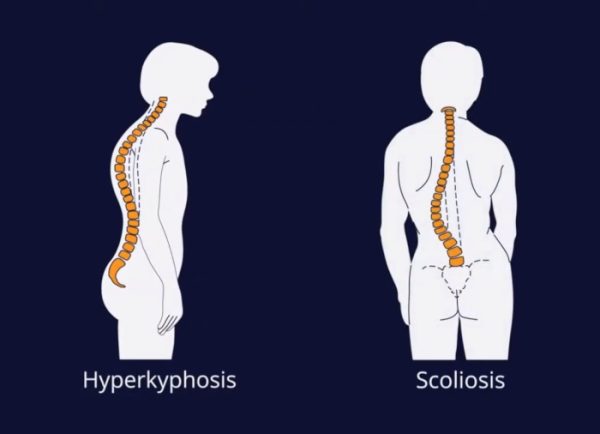Scoliosis Surgery in Iran
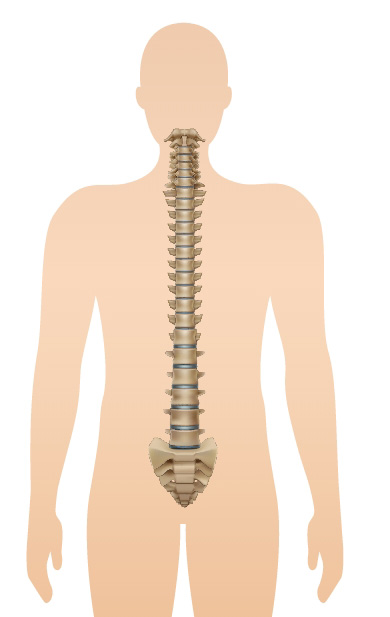
Normal Spin
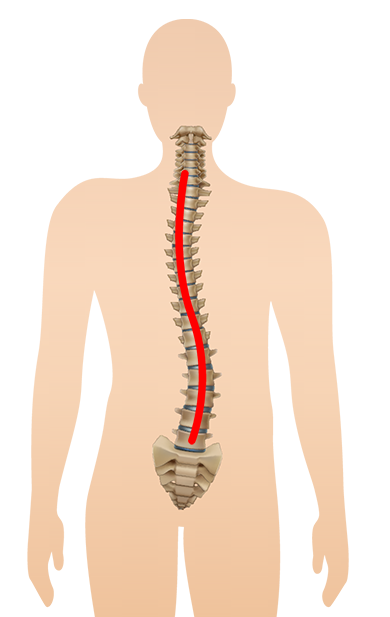
S Shape
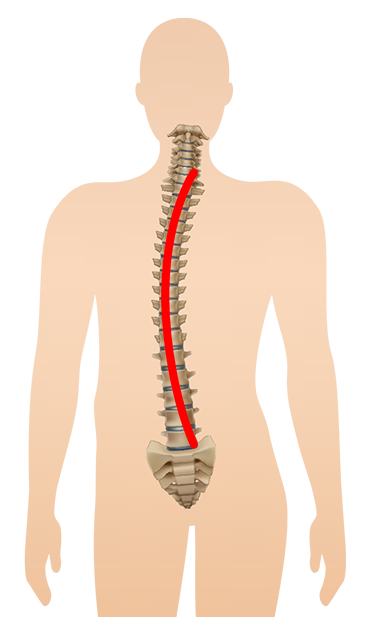
C Shape
What Are the Causes of Scoliosis?
In about 8 out of 10 cases, the cause of scoliosis is unknown. It can be said that scoliosis develops due to factors such as poor posture, exercise, or diet. In addition, there is a possibility of inheriting this disease from the genes. The bones in the spine not forming properly in the womb, an underlying nerve or muscle problem such as cerebral palsy or muscular dystrophy, and the wear of the spine with age can be listed as the causes of scoliosis.
Definition and Types of Scoliosis
Idiopathic Scoliosis
Idiopathic scoliosis is the most common form, accounting for approximately 80% of all cases. The term “Idiopathic” means that the exact cause is unknown. It typically develops during the adolescent growth spurt, affecting girls more often than boys. Idiopathic scoliosis can vary in severity, and its progression is unpredictable, necessitating regular monitoring.
Congenital Scoliosis
Congenital scoliosis occurs at birth and results from spinal abnormalities during fetal development. These abnormalities can include incomplete formation or separation of the vertebrae. Congenital scoliosis can lead to other health issues, as it may be associated with anomalies in other organs and systems, such as the kidneys and heart. Early detection and intervention are crucial for managing this type of scoliosis.
Neuromuscular Scoliosis
Neuromuscular scoliosis is associated with conditions that affect the muscles and nerves, such as cerebral palsy, muscular dystrophy, and spinal muscular atrophy. These conditions lead to muscle weakness and imbalance, which in turn causes the spine to curve. Neuromuscular scoliosis tends to progress more rapidly than other types and can be more challenging to treat due to the underlying neuromuscular disorder.
Degenerative Scoliosis
Degenerative scoliosis, also known as adult-onset scoliosis, occurs in older adults due to the degeneration of the spinal discs and joints. This type of scoliosis results from age-related changes such as arthritis and osteoporosis, which weaken the spine and lead to curvature. Unlike other types, degenerative scoliosis is often accompanied by significant back pain and discomfort, and its progression can be managed through a combination of non-surgical and surgical treatments.
Scoliosis Treatment in Iran
Scoliosis is usually diagnosed by physical examination, x-ray, spine X-ray, CT scan, or MRI. Scoliosis treatment depends on your age, how severe the curvature is, and whether it gets worse over time. Infants and young children may not need treatment as spinal curvature may improve over time. When children grow up, back braces or plastic braces can be worn to prevent the curvature from getting worse.
Physical therapy plays a crucial role in scoliosis treatment by focusing on exercises that strengthen muscles surrounding the spine and improve overall posture. Targeted exercises can help stabilize the spine, reduce muscle imbalances, and alleviate discomfort associated with scoliosis. Physical therapists tailor exercise programs to each patient’s specific needs and monitor progress over time.
Spinal fusion is a surgical procedure commonly recommended for severe cases of scoliosis that do not respond to conservative treatments. During spinal fusion, the surgeon fuses two or more vertebrae to stabilize the spine and correct the curvature. Metal rods, screws, or bone grafts may be used to support the spine during the fusion process. Spinal fusion aims to halt the progression of scoliosis, relieve pain, and improve spinal alignment.
Scoliosis Surgery in Iran
Surgery is often the best option for more severe scoliosis. For spine surgery in Iran, different surgical procedures may be performed depending on the site of the curve, its degree, a patient’s specific symptoms, and the type of scoliosis.
-
Spinal fusion is when a surgeon joins vertebrae to put them in a more normal anatomic position.
-
Microdecompression is a minimally invasive procedure that helps relieve pressure on nerves. Since this option may worsen your curve, especially if it is greater than 30 degrees, this procedure is usually only done at one vertebral level.
-
Surgical stabilization entails using various instruments—screws, wires, anchoring hooks, and rods—to stabilize the spine so it can fuse in the correct position.
-
Osteotomy involves removing and realigning vertebrae to allow for proper spine alignment.
For congenital scoliosis, a surgeon may recommend surgery in which growth rods are attached to the spine above and below the curve. These growth rods correct the spine as it continues to grow.
Types of Scoliosis Surgery in Iran
Iran offers a range of surgical options for scoliosis treatment:
1. Minimally Invasive Surgery
Minimally invasive techniques are increasingly popular for scoliosis correction. They involve smaller incisions, reduced pain, and faster recovery times, allowing patients to return to daily activities sooner.
2. Pediatric Scoliosis Surgery
For children and adolescents with scoliosis, Iran provides specialized care, emphasizing the importance of early intervention and personalized treatment plans to ensure optimal growth and development.
3. Adult Scoliosis Surgery
Scoliosis can affect adults too, and Iran has a team of experts dedicated to addressing the unique needs of adult patients, including pain management and tailored surgical approaches.
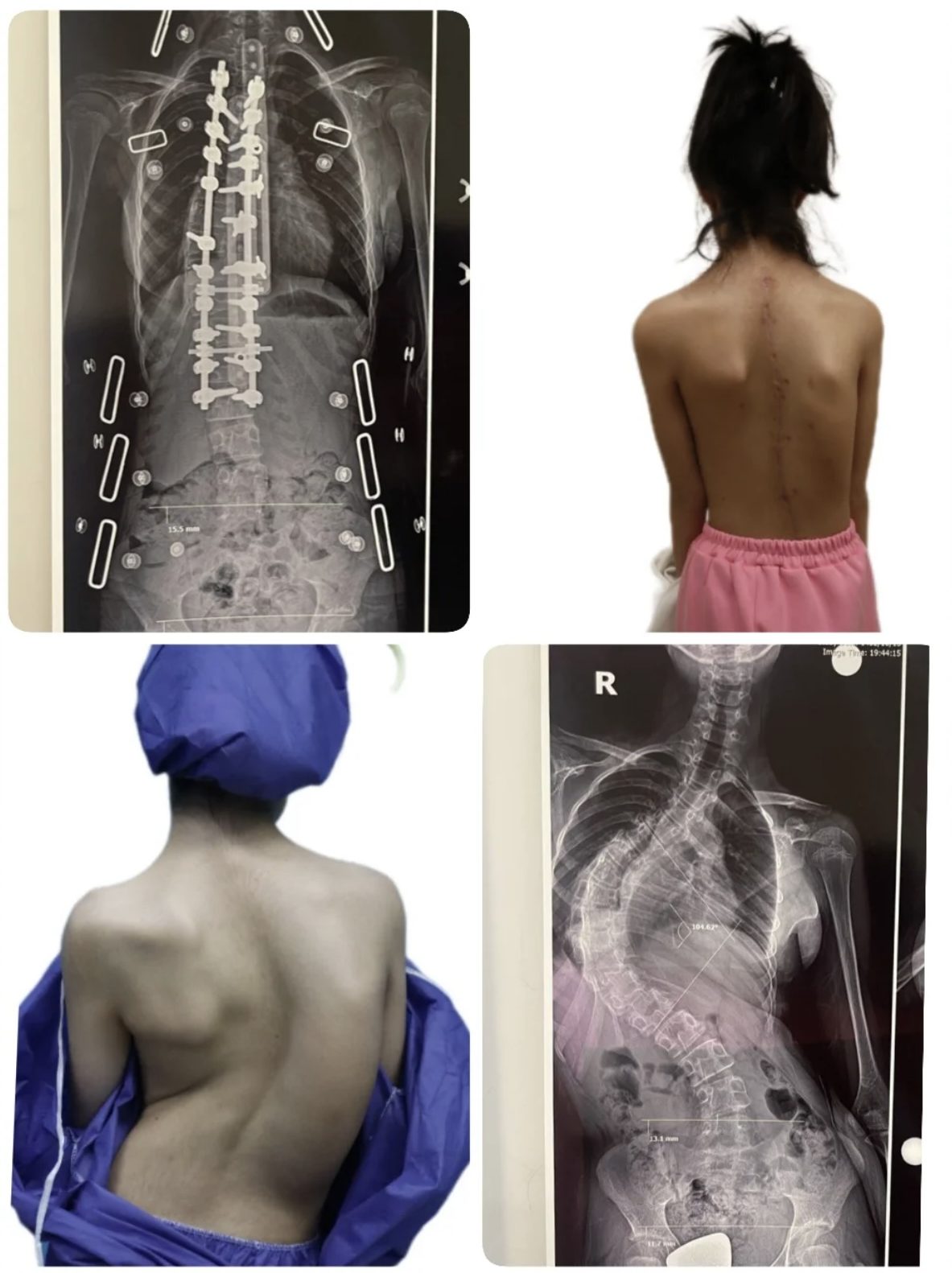
Other Treatment Options
Studies are investigating the effectiveness of many other scoliosis treatments, including:
-
Electrical stimulation
-
Chiropractic manipulation
-
Physical therapy
Rehabilitation and Recovery
Recovery from scoliosis surgery is a critical phase, and Iran offers comprehensive rehabilitation programs to assist patients in regaining their strength and mobility. The supportive environment and skilled medical professionals ensure a smooth recovery process.
Hyperkyphosis vs Scoliosis: What’s the Difference?
Hyperkyphosis and scoliosis are two different curvatures of the spine. We treat both conditions here in Iran. The difference lies in the direction of the curvature:
-
Hyperkyphosis: Causes the upper region of the spine to curve forward, making the patient’s upper back look unusually rounded or hunched.
-
Scoliosis: Causes the spine to curve sideways, forming a ‘C’ or ‘S’ shape.
